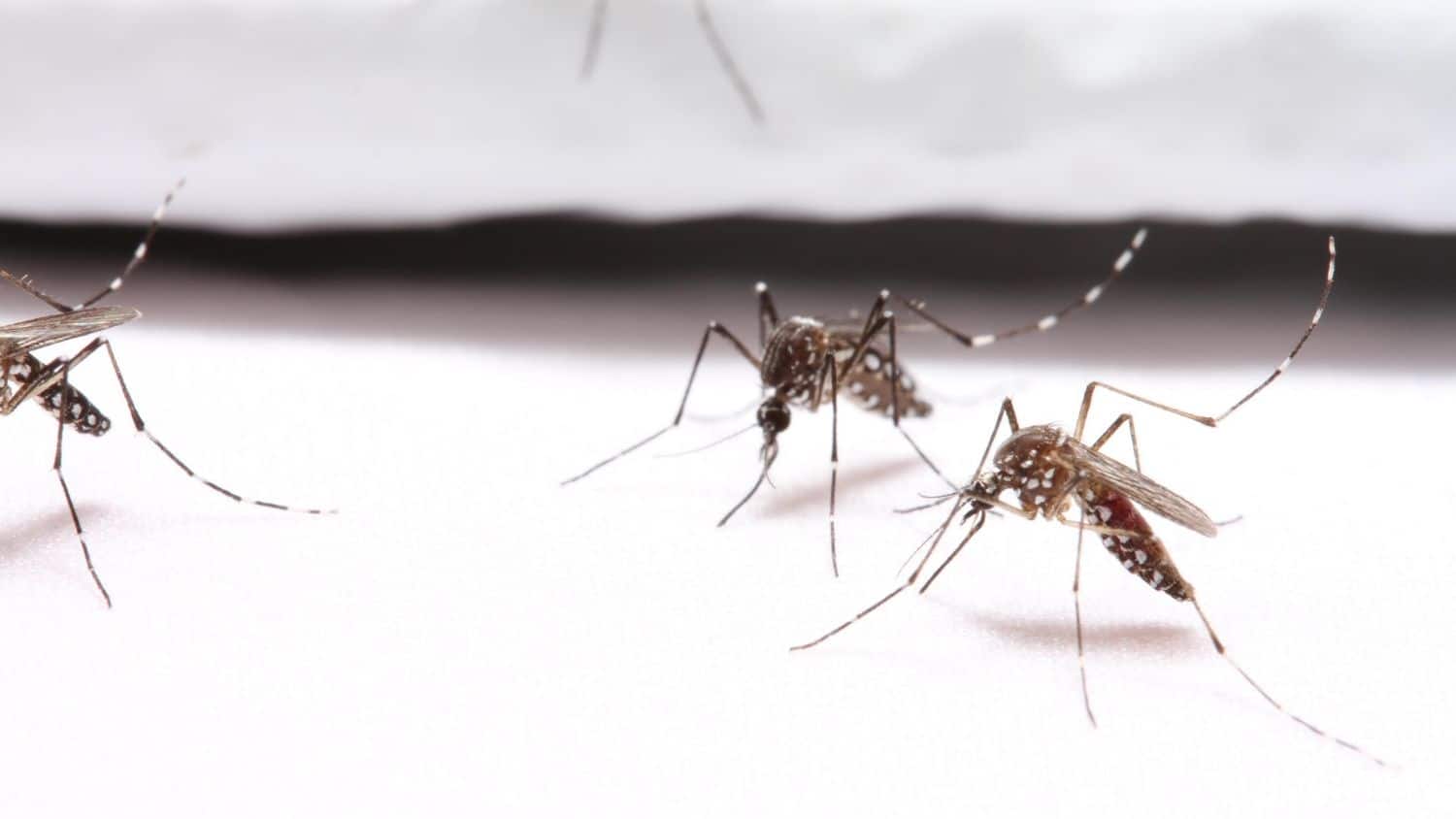entomology
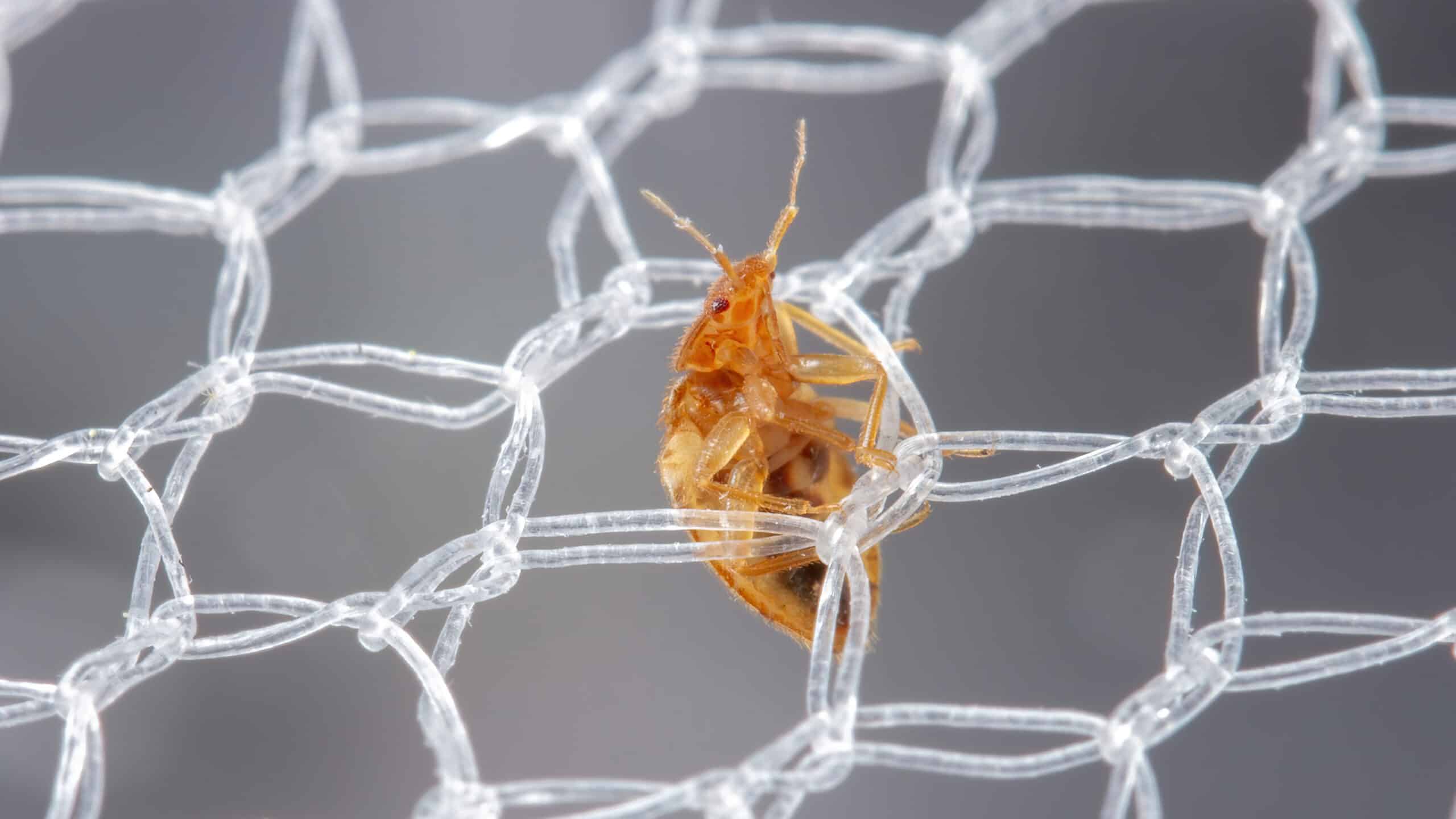
The Unintended Consequences of Success Against Malaria
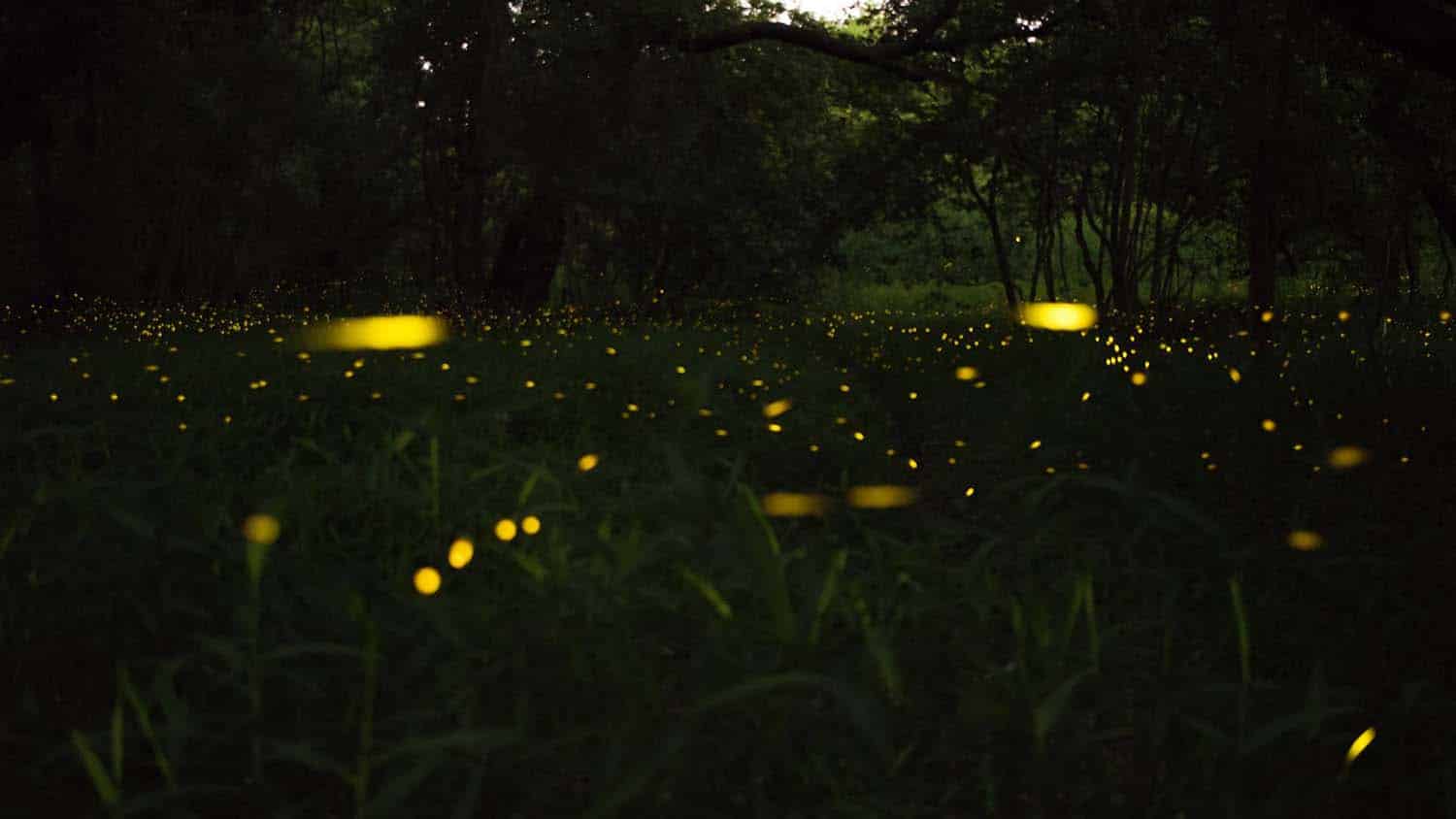
Why Do Fireflies Light Up? And How Can I Bring More Fireflies to My Yard?
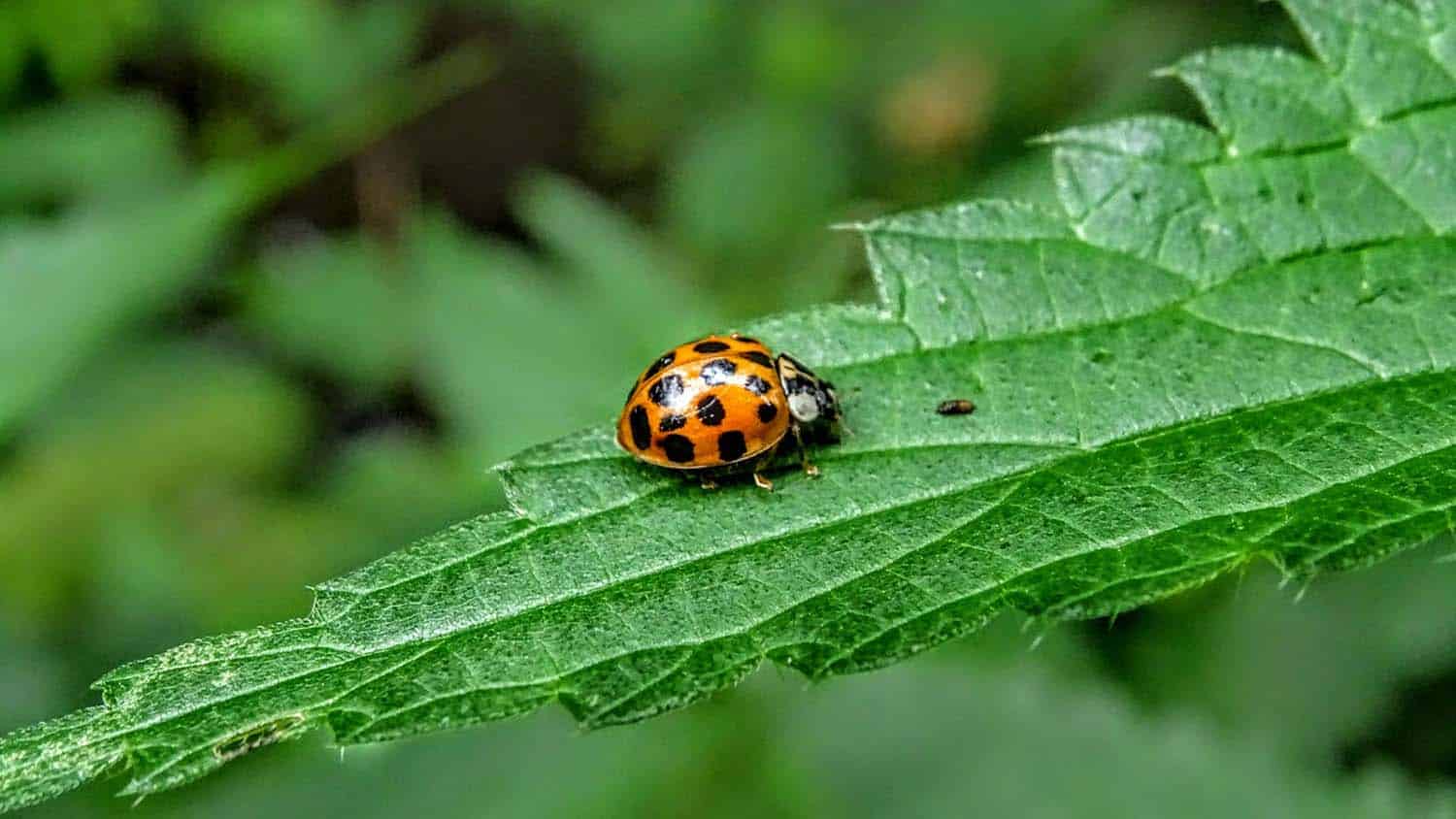
Do Bugs Burp?
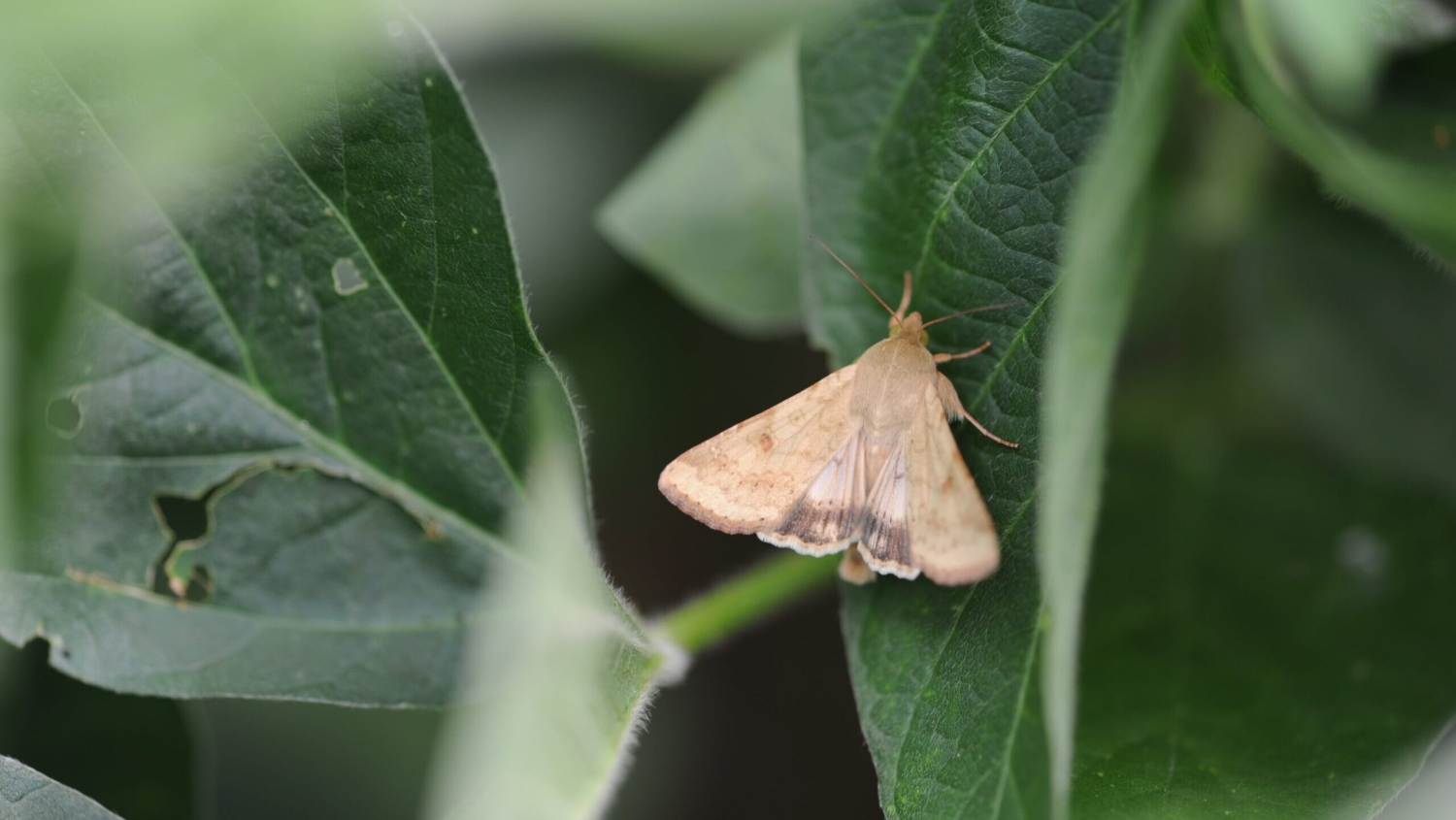
Beam Me Up: Using Lasers to Detect Moth Migrations
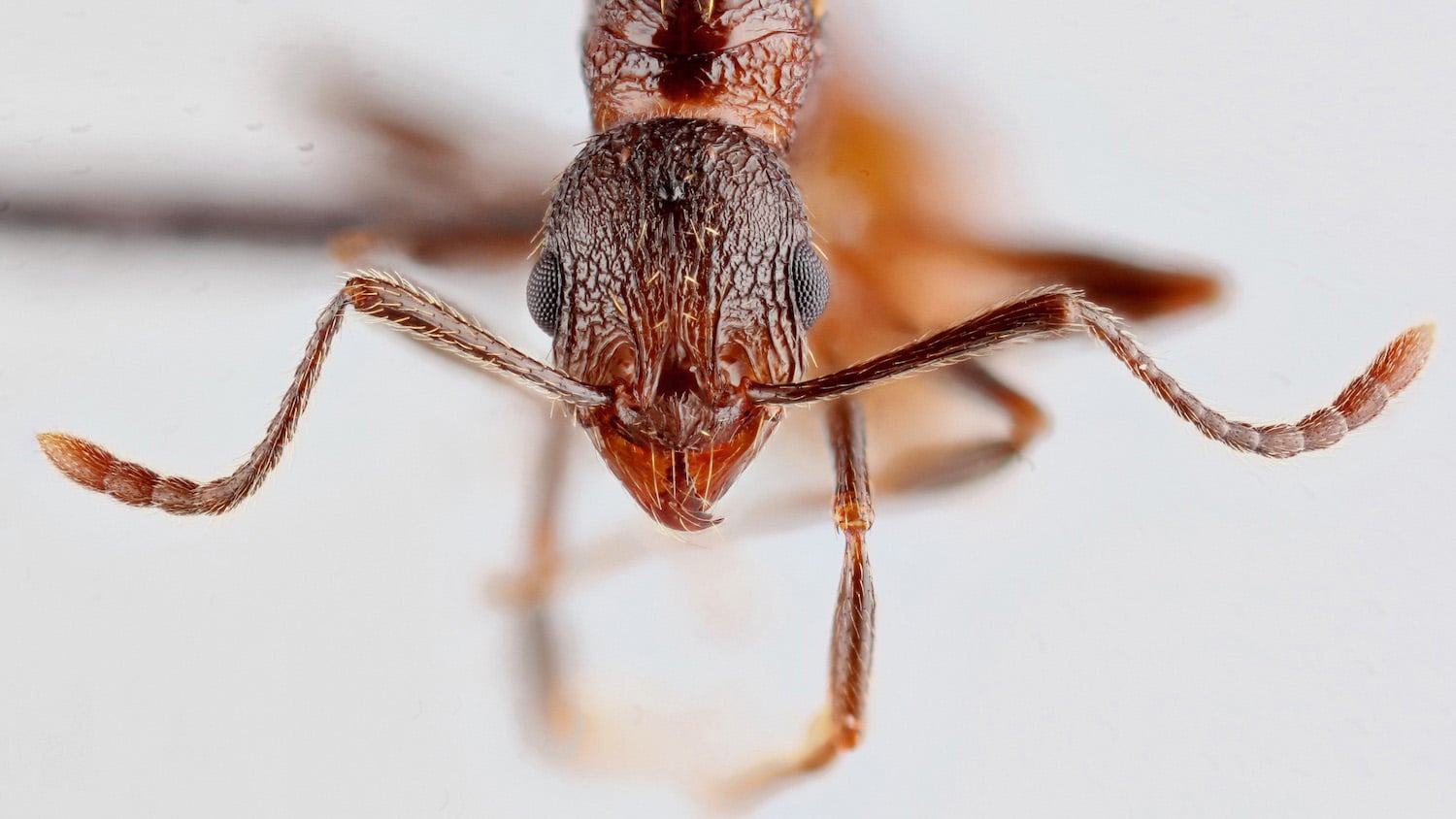
Rare Ant Species Rediscovered in North Carolina Trees
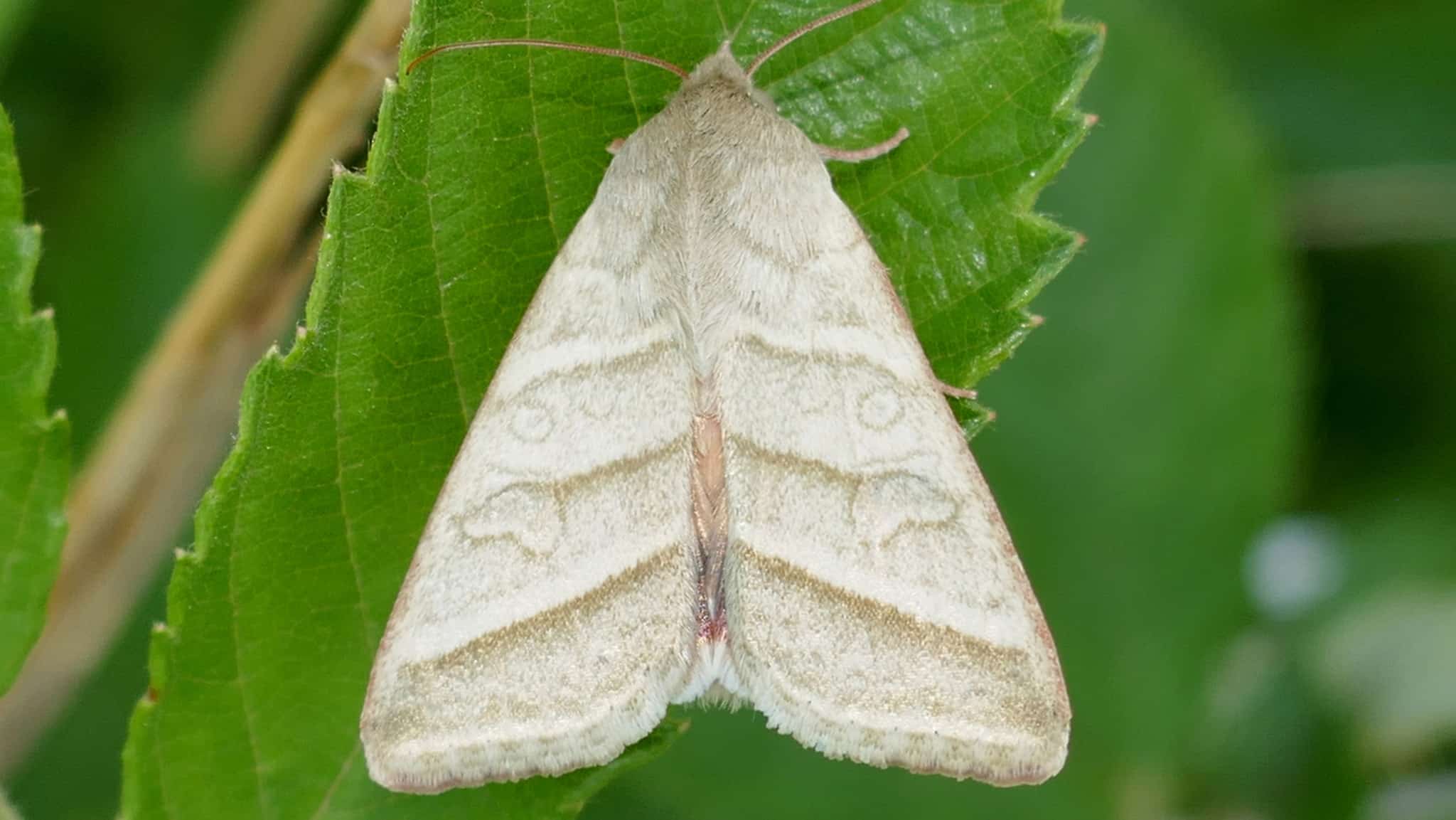
Male Moth ‘Aphrodisiac’ Revealed
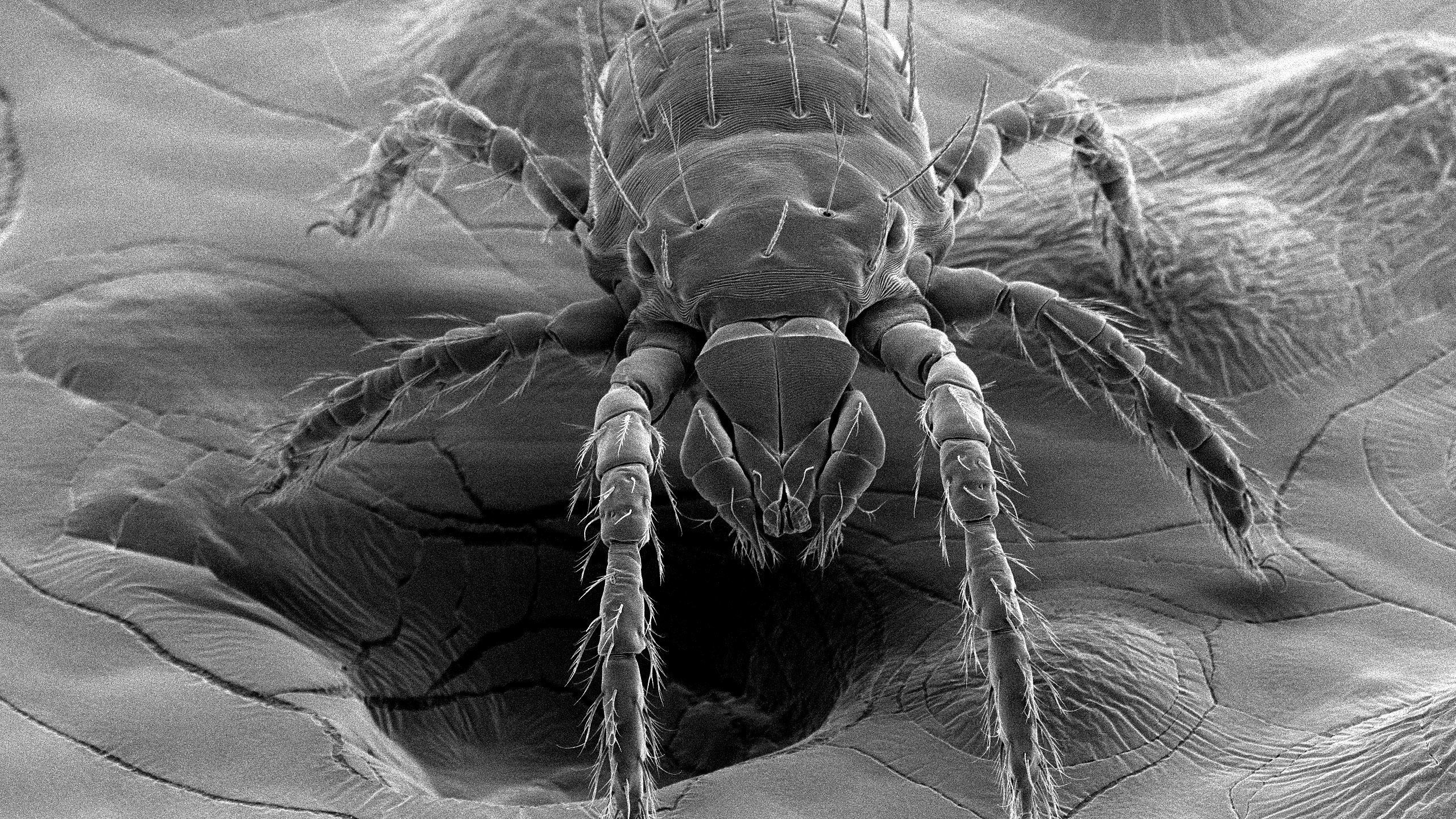
Bacterium Associated With Disease Found in N.C. Chiggers
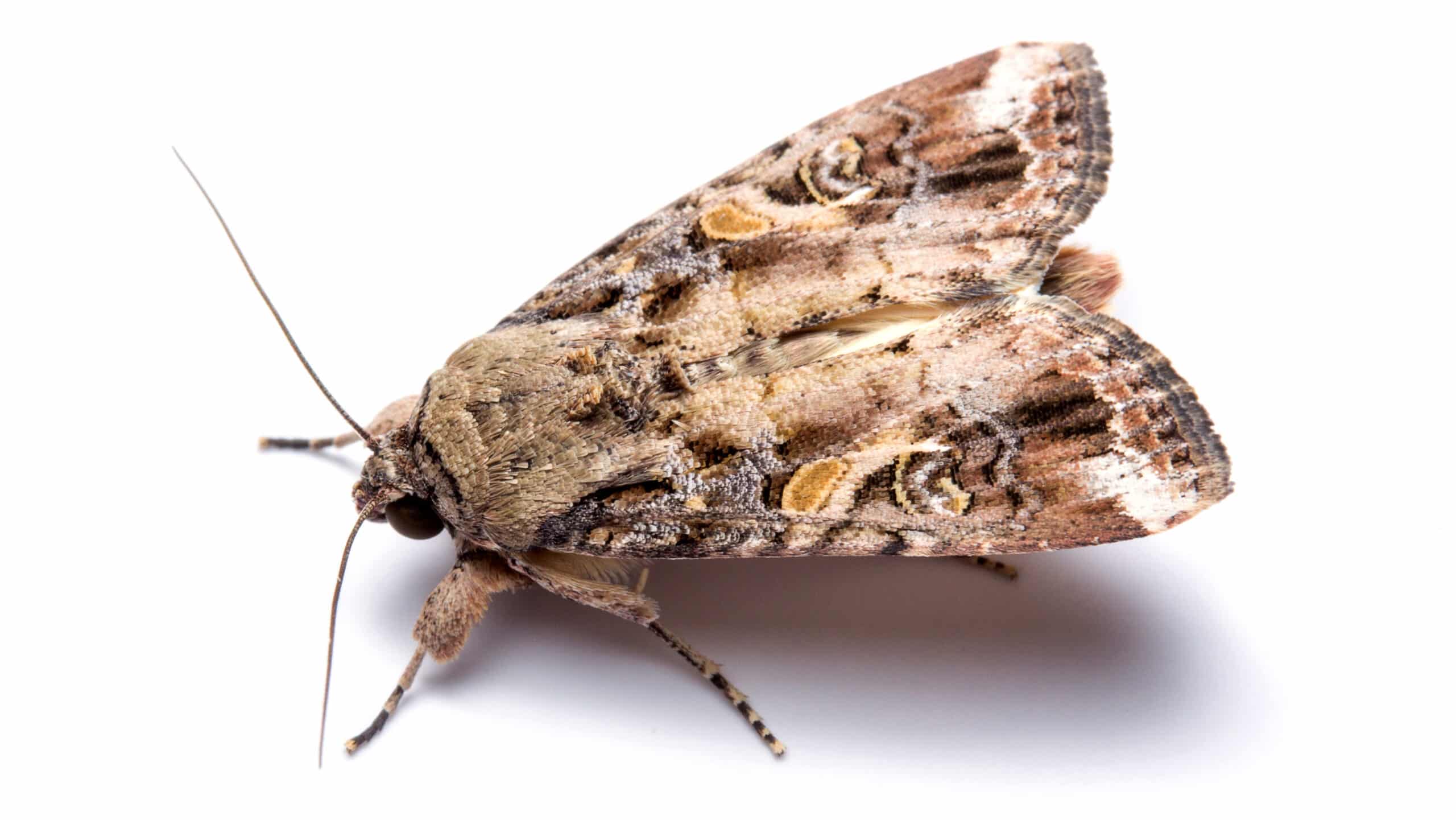
Perfume Component Helps Lure Male Moth Pests
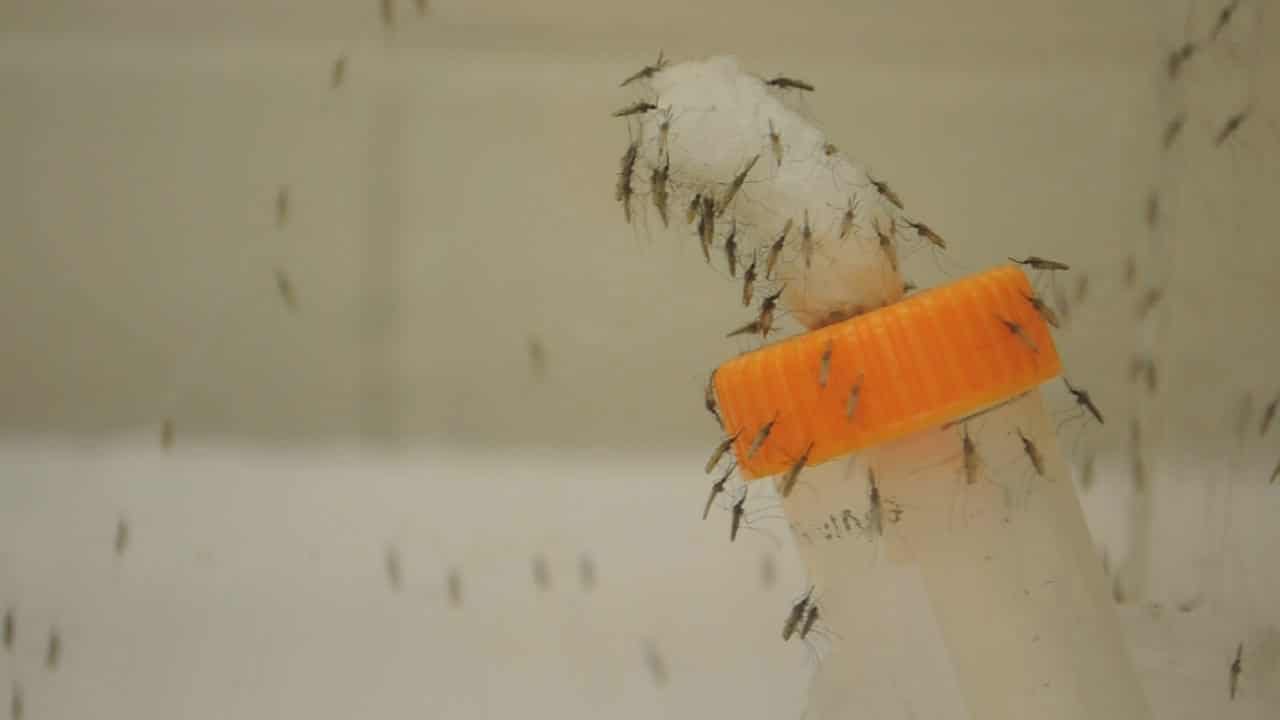
Study Examines Bacteria Living In and On Mosquitoes
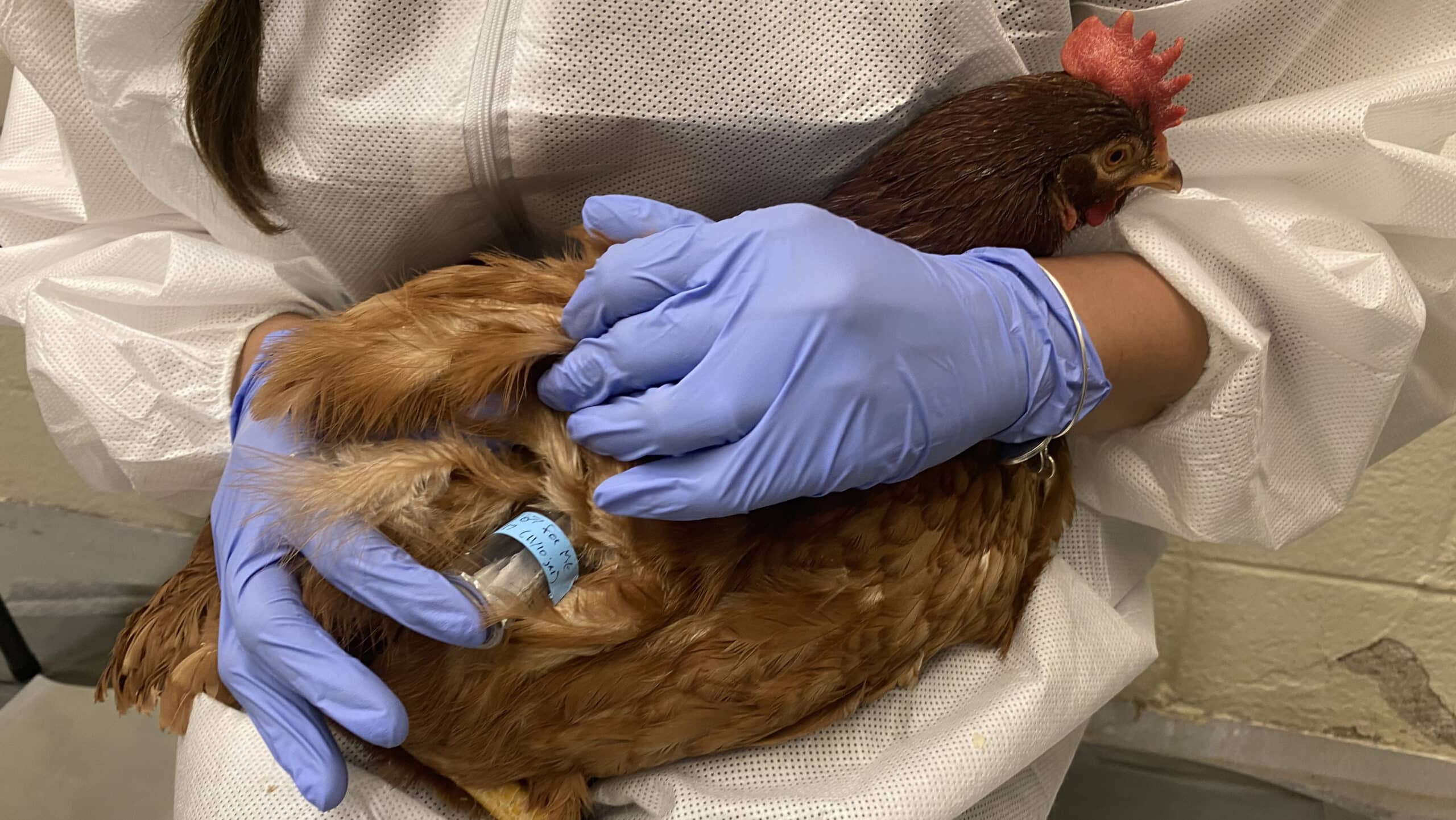
Common Veterinary Drugs Show Effectiveness Against Bed Bugs
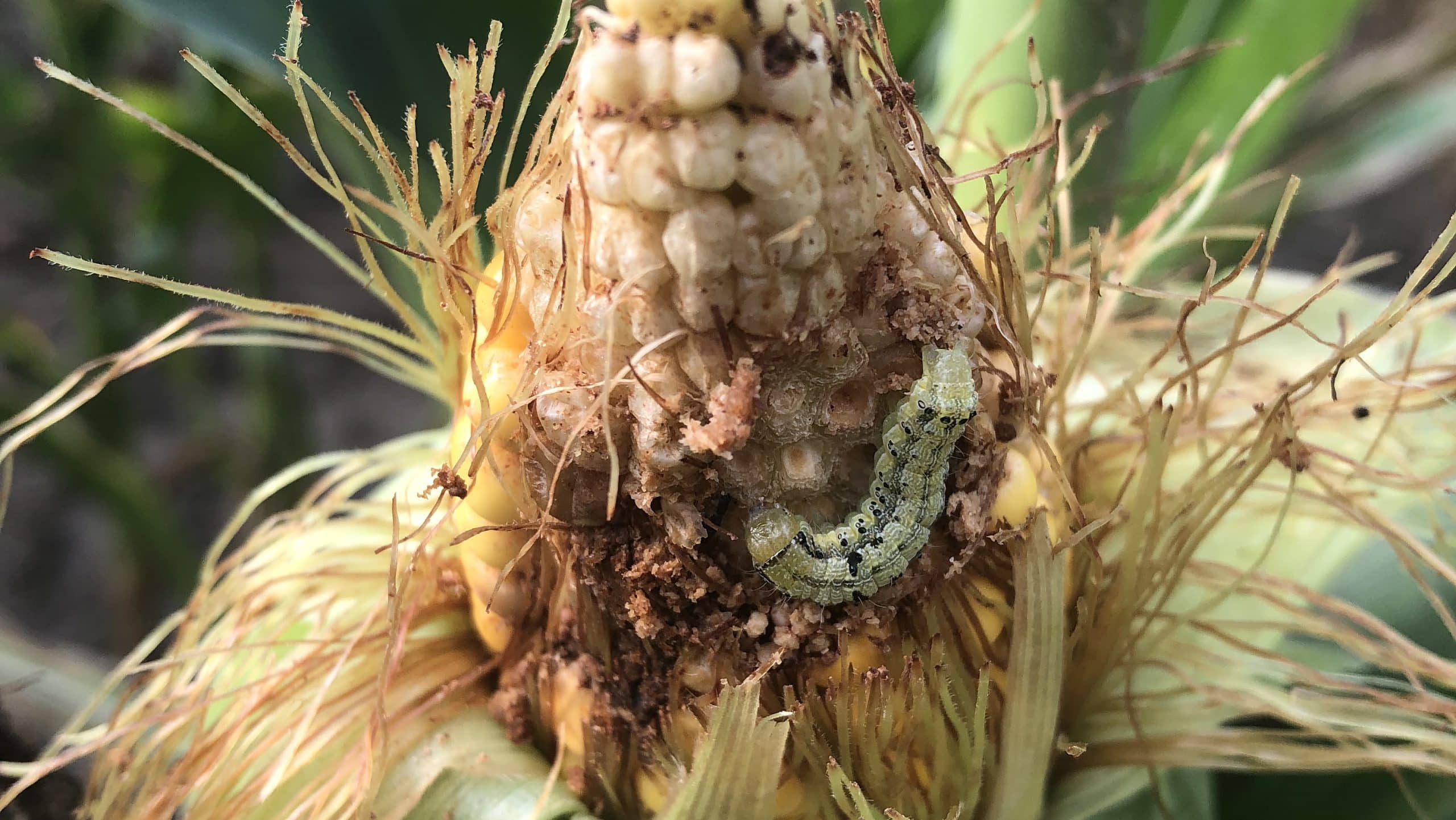
Soil Temperature Can Predict Pest Spread in Crops
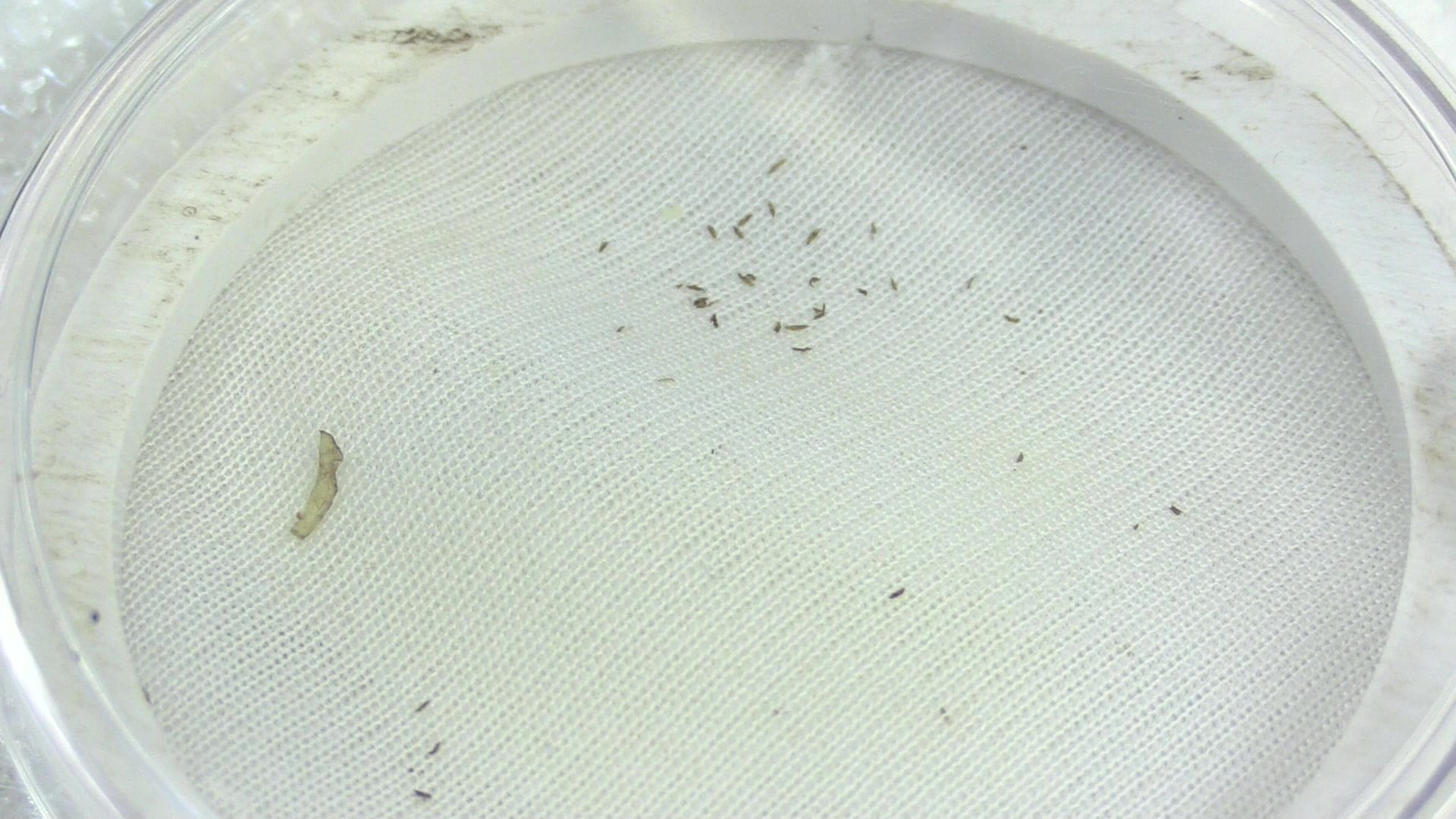
In ‘Plant Armor’ Crop Cover, Insects Have to Navigate Textile Maze
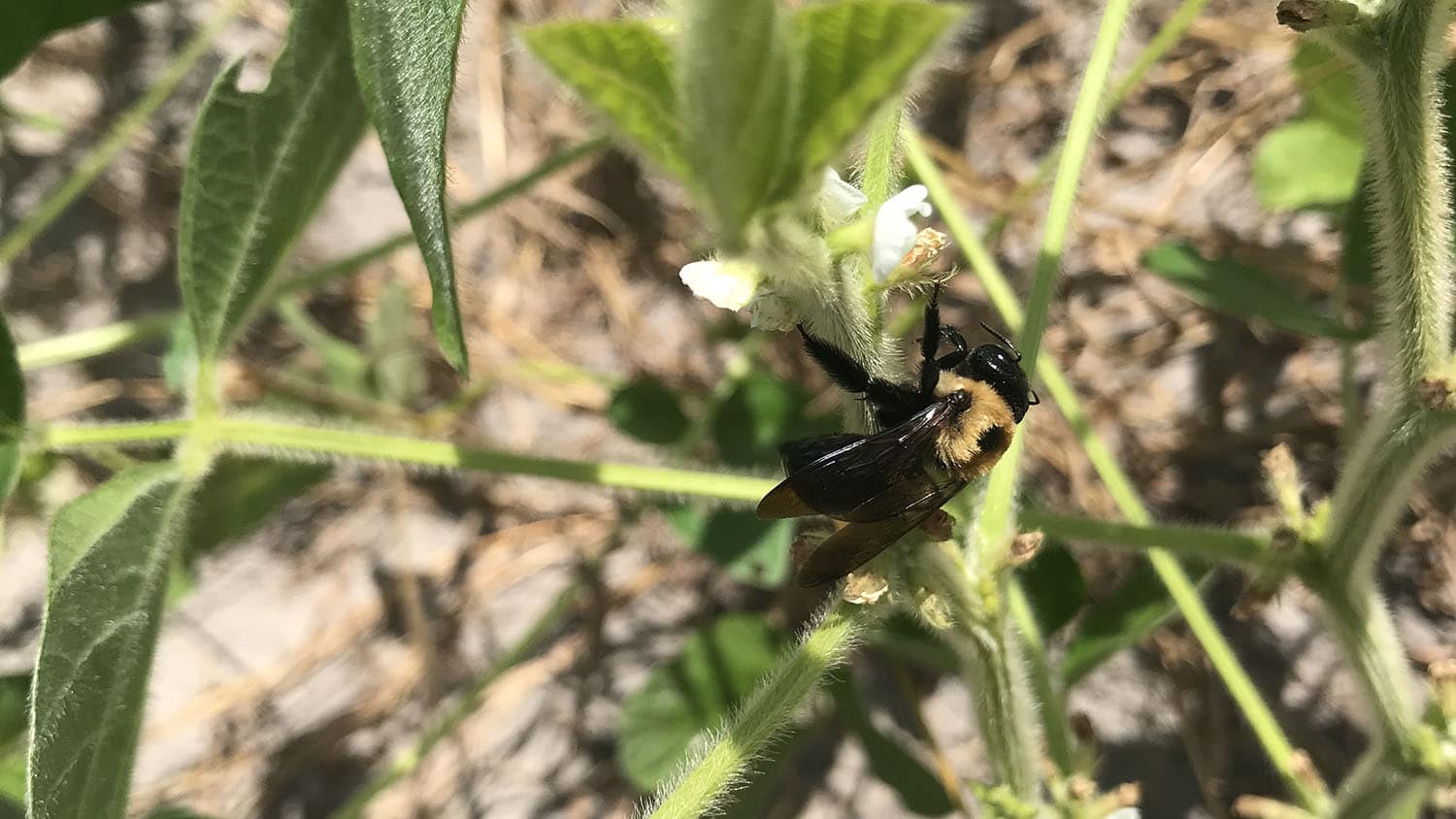
Being Near Pollinator Habitat Boosts Soybean Size
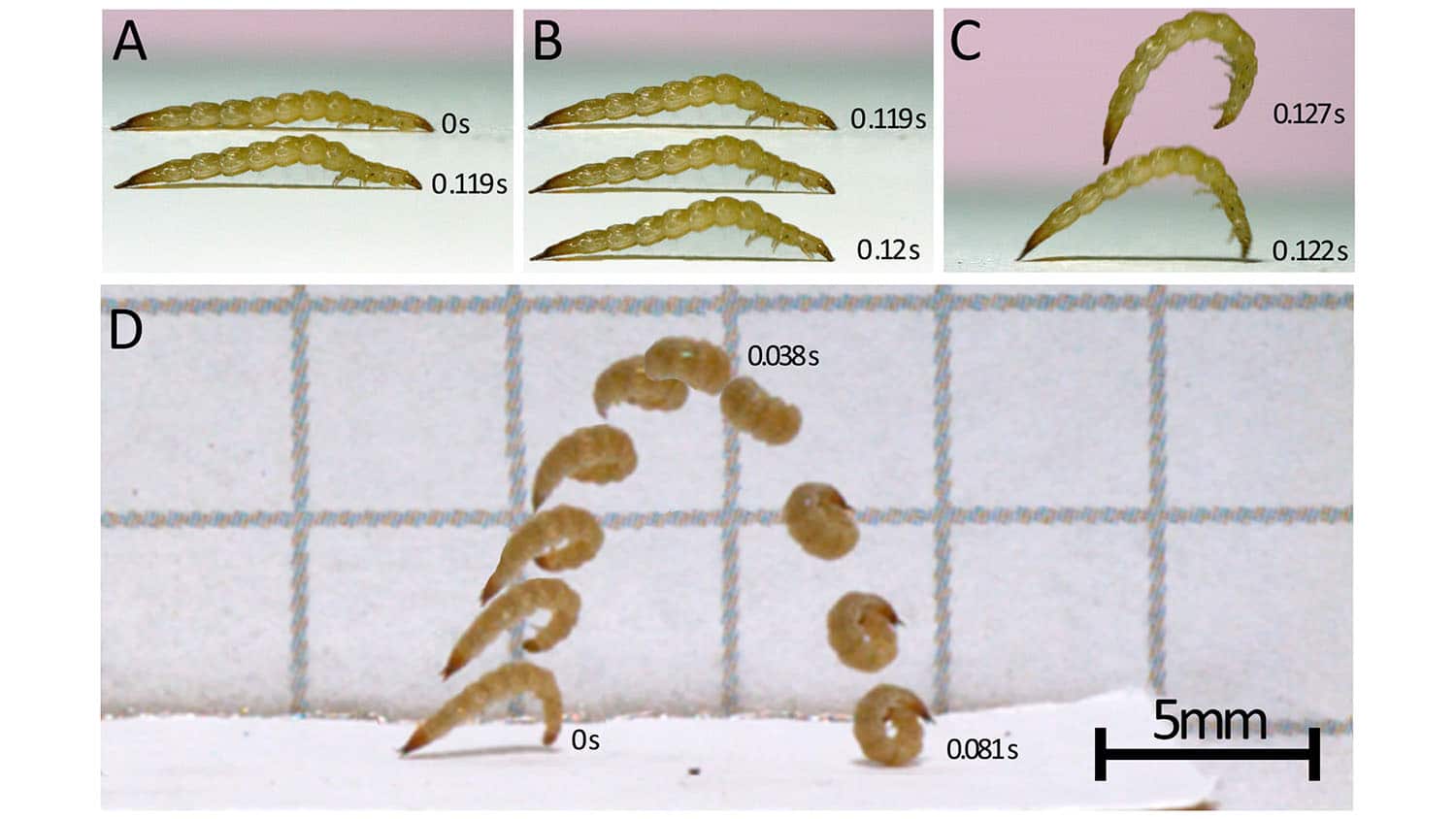
Scientists Find Previously Unknown Jumping Behavior in Insects
